The other day I was doing some research and came across the photo below. I was first attracted by the very old atmosphere created despite the modern facilities, the way the wood had been finished to fit the atmosphere and I decided to find out more about how that decor had been made. I've been in a trance ever since. There are days when I'm constantly reading, talking to everyone, watching tutorials, figuring out techniques. And the funny thing is, it's not about wood, my lifelong passion, but about a traditional Moroccan plaster that's been around for ages. It's called Tadelakt and I've learned so many interesting things about it that I feel the need to tell you about it, especially as it's a natural plaster and, with a bit of preparation, you can do it yourself. I know it's not about wood, but trust me, you'll love it. Plus it blends in perfectly with wood.
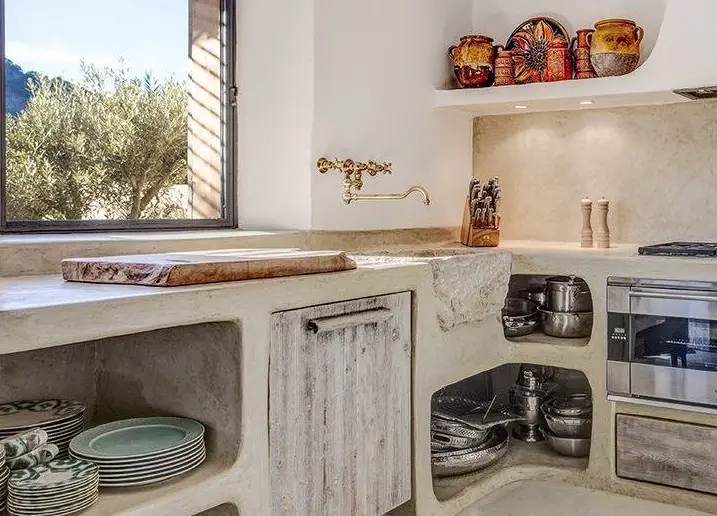
Tadelakt is both a product and a technique. One is impossible without the other. You can't apply the product anyway and get the same result, just as you can't use the technique on any kind of plaster. Tadelakt the product is nothing but burnt lime from the Moroccan desert, but the special and very old processing technique results in solid and noble surfaces with fine gloss and depth, with slight curves, imperfections and rounded corners, having natural colours that change depending on the light.
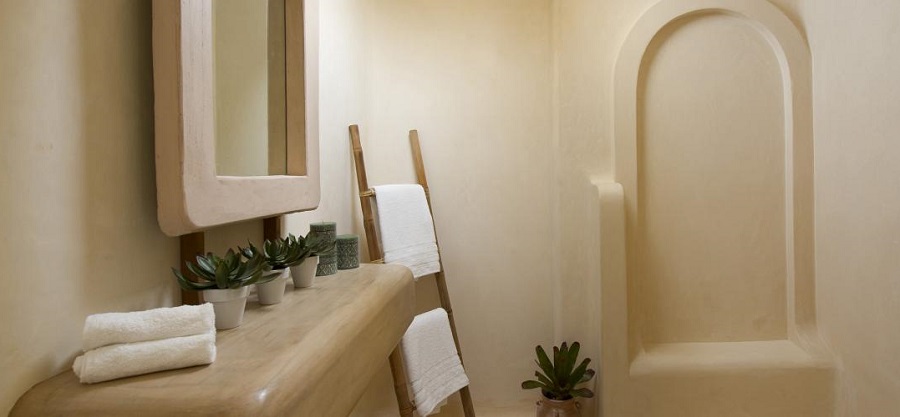
The technique is very old, having been used in Morocco for thousands of years. It was originally used to seal water tanks on the inside to prevent water loss. It was then extended to finishing the walls of steam baths specific to the Arab world (Turkish baths), to the walls of palaces, museums and inside homes. The final effect is similar to that of "stucco veneziano", but is different in terms of strength and method of production.
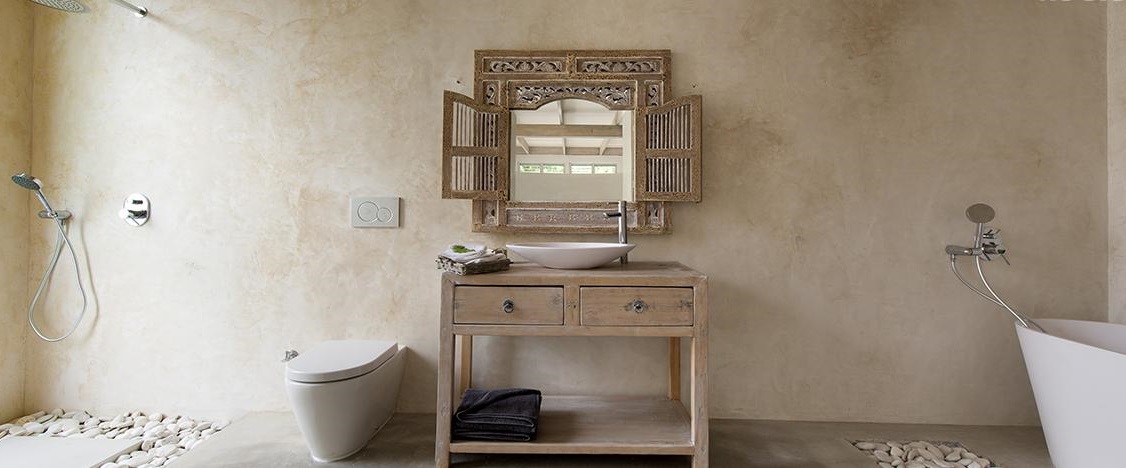
In short, the technique is as follows. On natural substrates (clay, stone, mineral plaster), apply this lime mixed with a quantity of water with a trowel. Allow it to dry and then apply a second coat, which can be the same or with natural pigments added to colour it. The colour of natural Tadelakt is yellowish grey.
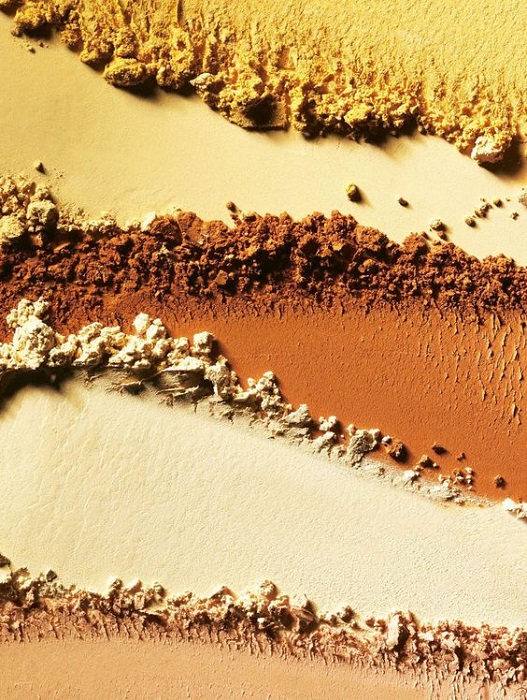
When this too has dried, the sanding is done with a stone. This compacts the lime and makes it hard. The stone should be hard, smooth, shiny, pore-free and rounded at the edges. In size it can be anything from the size of a matchbox to that of a packet of cigarettes. After sanding, the surface is not perfectly flat, like the walls that used to be 'plastered' with clay in the country. Nor is the colour perfectly uniform, with different shades depending on how the light hits it.
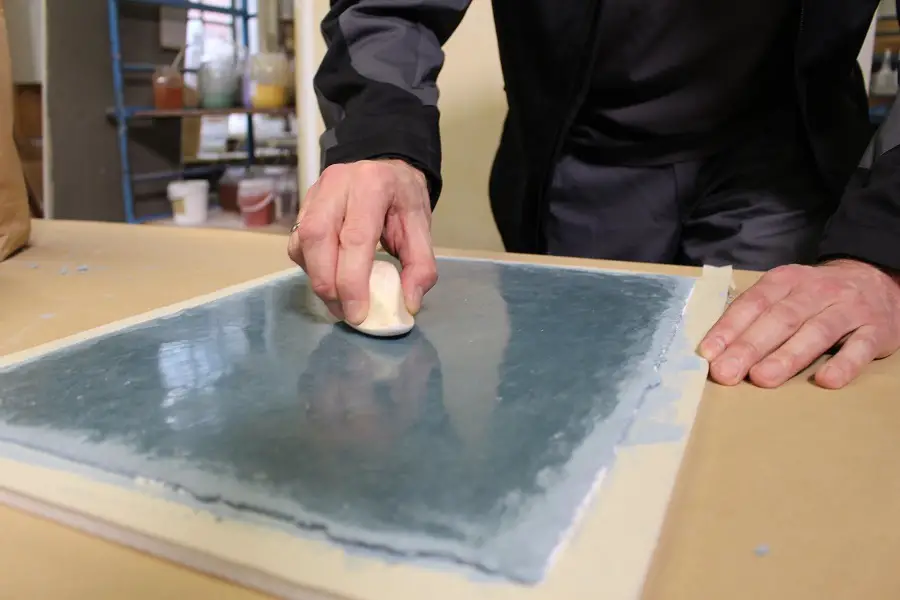

After the entire surface has been sanded with the stone, within 24 hours at the most so as not to dry out too much, a solution of black Moroccan soap made from olive oil is applied (its colour is actually dark green). The soap reacts with the lime and forms a water-insoluble substance that protects the surface from moisture. It's basically what happens when we wash our hands with soap using hard, very calcium-rich water. The result is a greasy substance that is not soluble and remains on the hands even though the water will run continuously. It also remains on the finished surface making it water resistant. The traditional method uses black soap, but any vegetable soap can be used. Marseille soap, a natural product used for washing floors, but also for soap finishing which I told you about recently, can be used without any problems. Finally the surface is polished with punic wax to achieve a mirror shine.

The resulting surface is very beautiful and water resistant. This can be used to finish bathtubs or vanity units, bathroom or shower partitions, polishes, table tops or spaces built in the bathroom and kitchen and covered with mineral plaster. This is how kitchen cabinets can be built, with wood used only for doors.
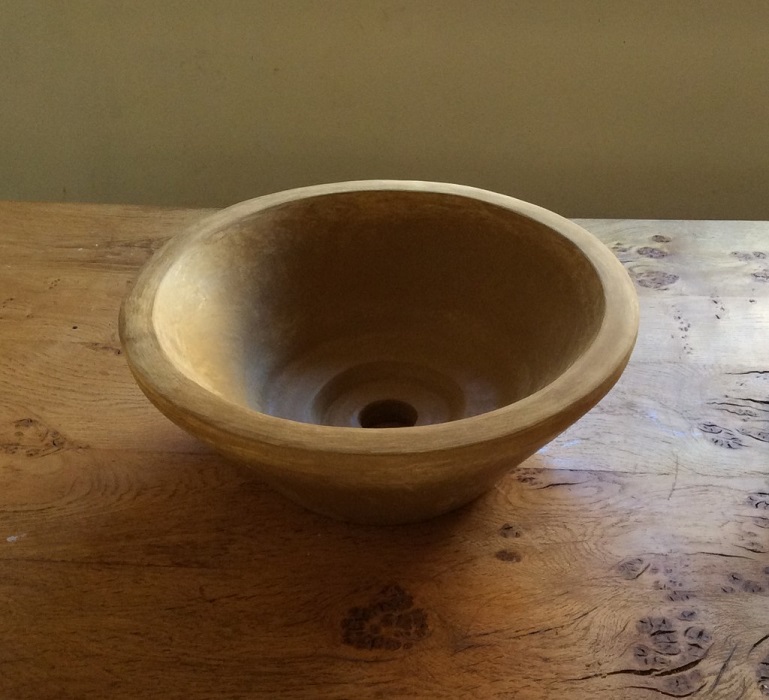
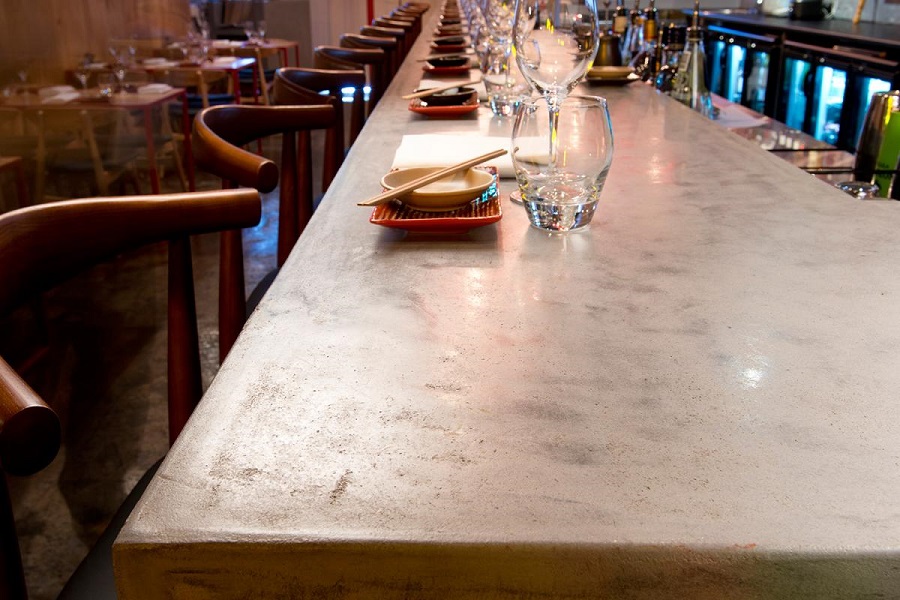
The finish has its weak points, however. It is not resistant to mechanical and chemical attack. Abrasive and acidic materials are not recommended for cleaning. But surfaces finished with Tadelakt are resistant to soiling and can be cleaned very easily with a wet cloth or soap and water.
Tadelakt is a natural and healthy finish for both body and home. It can also be found at Naturalpaint and is produced by Kreidezeit, a German company specialising in natural materials and finishing techniques. Unlike the traditional product from the Moroccan desert, whose composition is always different, the one produced by Kreidezeit has a well-defined and constant composition, so the results are reproducible.
Besides the product, Naturalpaint also provides information on how to apply, learned at workshops organised by Kreidezeit. One such workshop was recently attended by the distributor in Bucharest.
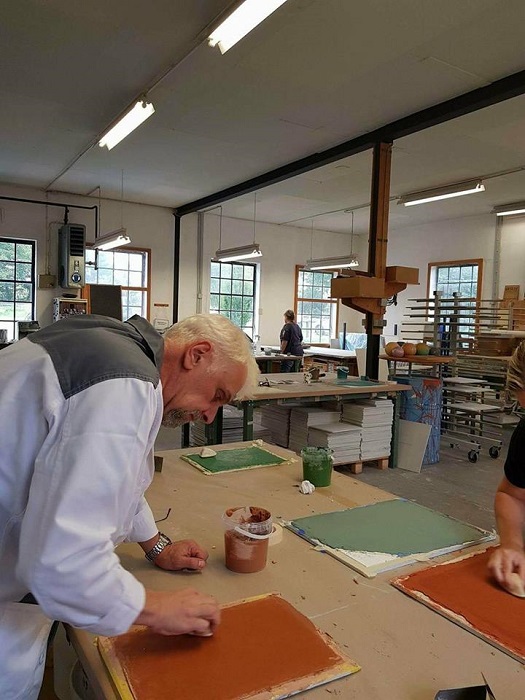
He didn't get rid of me and had to give me (on loan, I'm not that rapacious 🙂 ) the book written by the Kreidezeit people after the documentation period in Morocco. It's impressive how much effort they put into finding out as much as possible about the materials used, the techniques. And that's not because the Moroccans didn't want to share the secrets, but because the method has been passed down from generation to generation orally, without written documents, like most traditional techniques. They had to go into the desert to see the lumps of lime and the kilns, to watch the craftsmen at work, to analyse the stones, wax, soap and other materials used. And so the materials could be reproduced as faithfully as possible, and the technique learned directly from the source.
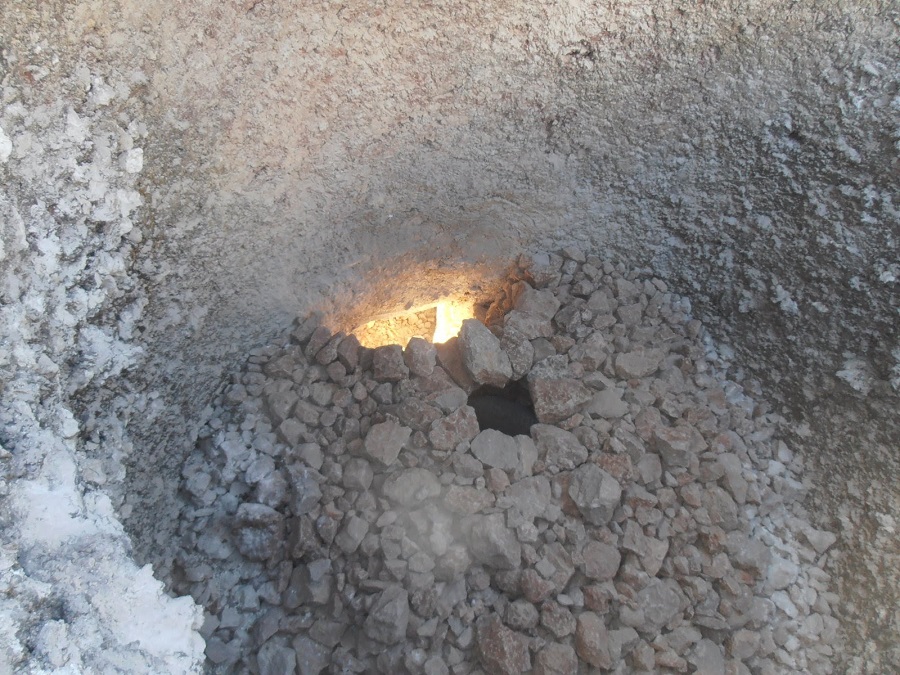
I could go on and on about techniques, materials, stones, hardness of stones, types of wax and much more, but I think I should stop. I will come back to the subject because, for those who want houses made with natural materials and traditional techniques, it is certainly an interesting one.
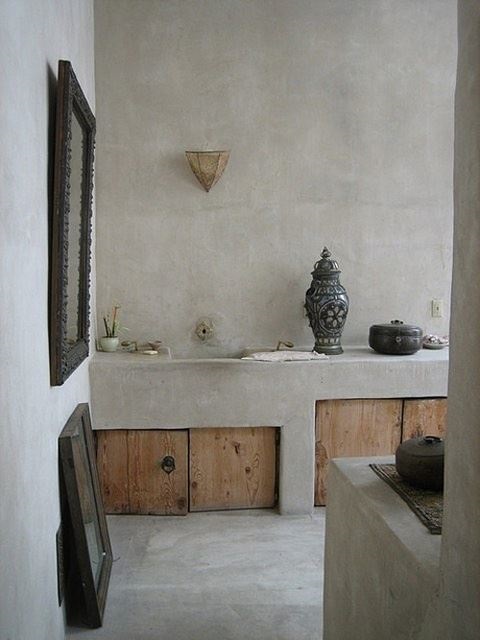























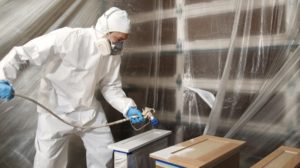
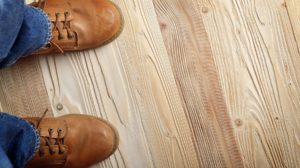
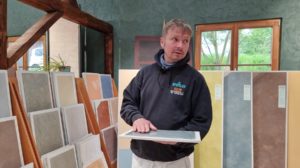

ABSOLUTELY SUPERB, CONGRATULATIONS!
Thank you!
Finisu is superb requires mastery to know the working times otherwise is superb materialu
[...] Read more in revistadinlemn.ro [...]
[...] Read more in revistadinlemn.ro [...]
Fascinating!